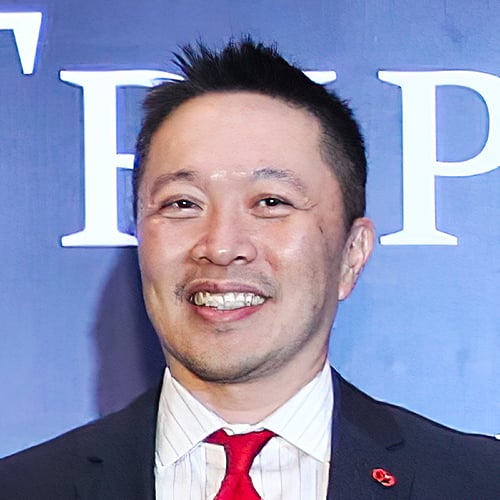The establishment of the Asean-Interconnected Sustainability Ecosystem (Asean-ISE), a collaboration between the stock exchanges of Malaysia, Indonesia, Thailand and Singapore launched on February 15, can pave the way for the launch of a stock exchange for the Association of Southeast Asian Nations (Asean) region dedicated to the listing of sustainability-focused companies only and boosting sustainability financing and investments in the region.
The idea for a sustainability or green exchange stems from the US-based Green Impact Exchange (GIX), a blockchain-based platform founded in 2022 by a group of veteran financial experts aiming to provide an alternative listing venue where investors can find sustainability-focused companies that are truly committed to their environmental, social and governance (ESG) or green goals.
The GIX claims to have grown to now include a variety of ecosystem services beyond just carbon credits, such as biodiversity, water and renewable energy credits. It also claims to have attracted participation from companies, governments and individuals looking to offset their environmental footprint or invest in sustainability projects around the world.
While the GIX is not yet officially an exchange, it announced on July 17 that it has filed an application with the US Securities and Exchange Commission seeking approval as the first stock market in the US dedicated to the emerging global green economy.
The rationale for a sustainability exchange, versus a traditional exchange, is that “the current ecosystem provides no reliable method for investors to ensure the companies that they support are actually delivering on their [sustainability] promises,” says Daniel Labovitz, the GIX’s CEO. “In fact, it encourages greenwashing as much as actual progress.”
When the GIX officially becomes an exchange, it will have authority to put in place and enforce sustainability-focused regulations and standards for its listed companies, thus ensuring complete transparency and accountability.
“Simply put, exchanges are regulated, and the standards that they hold companies to are inherently enforceable,” Labovitz adds. “There are real consequences if a company defaults on its obligations to an exchange, from investigation to delisting, [as well as, for example] negative press triggered by a reportable public event. Companies that choose to list on the GIX, whether solely or as a secondary listing after [doing so on the] NYSE or Nasdaq, are signalling to investors that they are serious about their commitments.”
For the Asean-ISE, it would do very well to look closely at the GIX as a model for a sustainability or green exchange and for fast-tracking the development of Asean capital markets in terms of sustainability infrastructure.
Right now, the region has separate, nationally controlled exchanges, and although the Asean-ISE is working hard to develop what it calls an “interconnected ecosystem”, it’s still a long way from achieving common goals like standardized data and interoperable datasets, as well as sharing expertise and coordinating efforts to mobilize capital for sustainable financing.
The difference between the GIX and a prospective Asean green exchange is that the latter would have to be a collaborative effort among the Asean exchanges, unlike the GIX, which is a single entity.
But the Asean-ISE can take the GIX green exchange model one step further by creating a regional green exchange that can cover multiple markets, including those of Malaysia, Indonesia, Thailand and Singapore, as a starting point.
At present, the Bursa Malaysia, Indonesia Stock Exchange, Singapore Exchange, and Stock Exchange of Thailand have a total of 3,393 companies with a combined market capitalization of US$2.2 trillion.
If the Asean green exchange can capture even 30% of this universe, that would still be over 1,000 companies with about US$700 billion in market cap.
Unlike a traditional exchange, the green exchange shouldn’t be too difficult and costly to set up since it will be leveraging on recent advancements in blockchain platforms, digitalization and technology.
Such an exchange will also make it easier for the Asean-ISE to formulate standardized rules and regulations that can be used as the regulatory framework for the regional green exchange to deliver true accountability, enable investors to be confident that companies are delivering on their promises, and help these companies attract sustainability-focused global institutional investors.
Global institutional investors, on the other hand, will have a platform that will facilitate identifying, engaging, vetting and monitoring sustainability-focused companies in the region.
Of course, there will be challenges for the Asean-ISE to address. The first set of challenges would include setting up the green exchange. Such challenges would include regulatory differences, lack of standardization, financing and investment barriers, and technological readiness.
Once the green exchange is set up, there would be operational challenges, such as market liquidity, political and economic coordination, as well as capacity building and awareness, etc.
Of course, addressing these challenges would require a collaborative and comprehensive approach not only from the Asean-ISE but also from policymakers, regulators, financial institutions, technology providers and other stakeholders in the Asean region.








